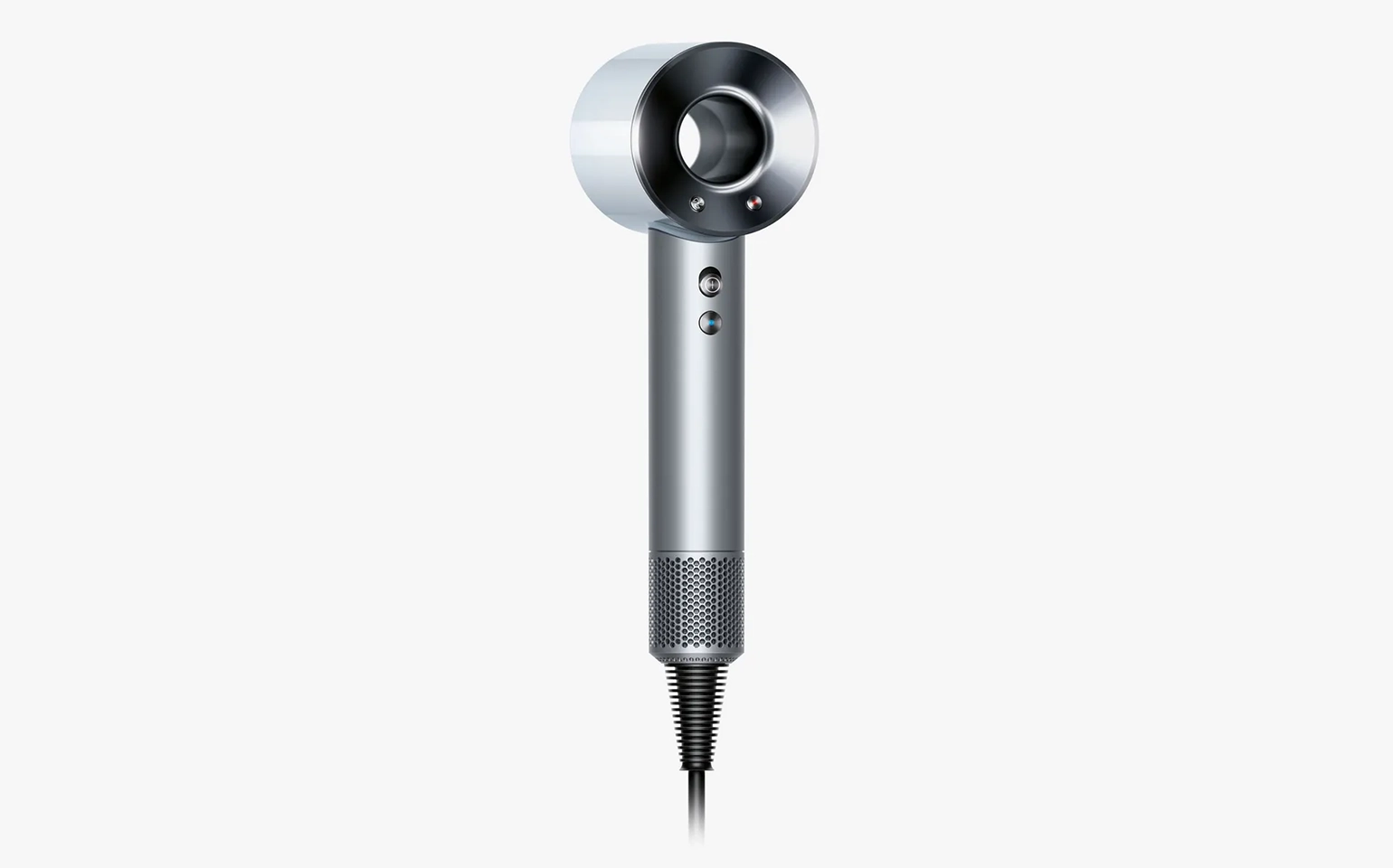And perhaps the most challenging of all—when leadership holds the innovation reins too tightly. In some organizations, decisions about product direction are made at the top, without fully engaging the expertise of the teams closest to the user or the problem. When leadership assumes they know better than the people they’ve hired, good ideas die quietly after they’re visualized—never challenged, never tested, never prototyped, never validated.
This is where our Product Design team at BOLTGROUP comes in. We don’t just design products, we design pathways through these barriers. Our team starts every engagement by understanding not only the problem the product needs to solve, but also the internal dynamics that could either support or sabotage innovation. We ask the tough questions early. We listen deeply—not just to users, but to engineers, marketers, researchers, sales, and executive leaders. And we bring empathy not only to users, but to our client partners who are trying to do brave work in complex manufacturing organizations.
We use prototyping not only as a design tool, but as a persuasion tool. We make ideas tangible early and often, because a proof-of-concept model speaks louder than a slide deck. We help build internal alignment by creating a shared vision that real users can see, touch, test, and rally around. We push for small bets and fast validation, so big ideas can take root without feeling like big risks.
When you see one of our client’s products on the shelf or in a user’s hand, you see the end result. What you don’t see is the behind-the-scenes work—advocating for ideas, obsessing over user feedback, reframing barriers, and helping internal champions build the case for something new. That’s the real work of industrial design in today’s world. And that’s what makes turning a sketch into a flagship product not only possible, but inevitable.


